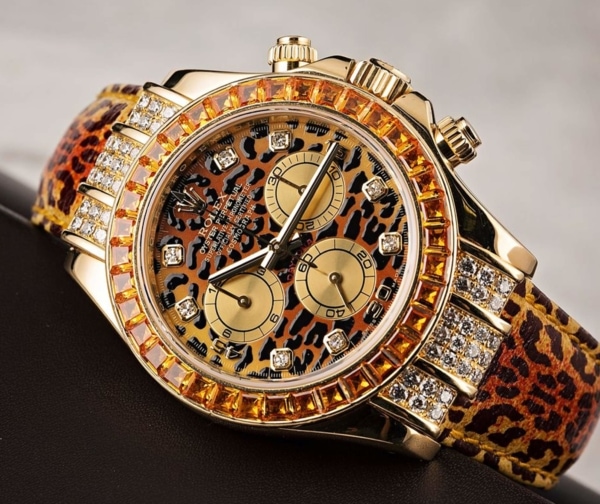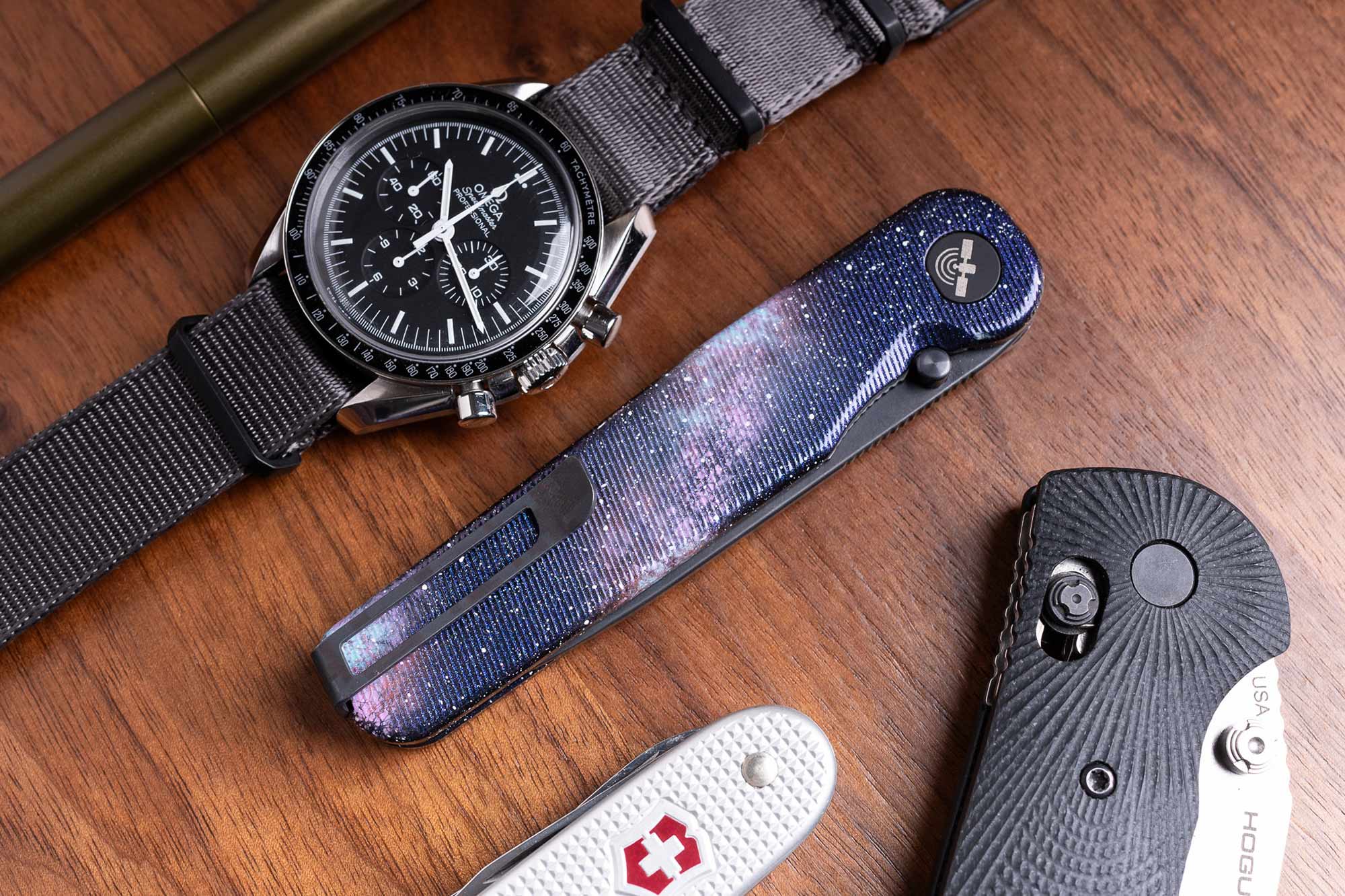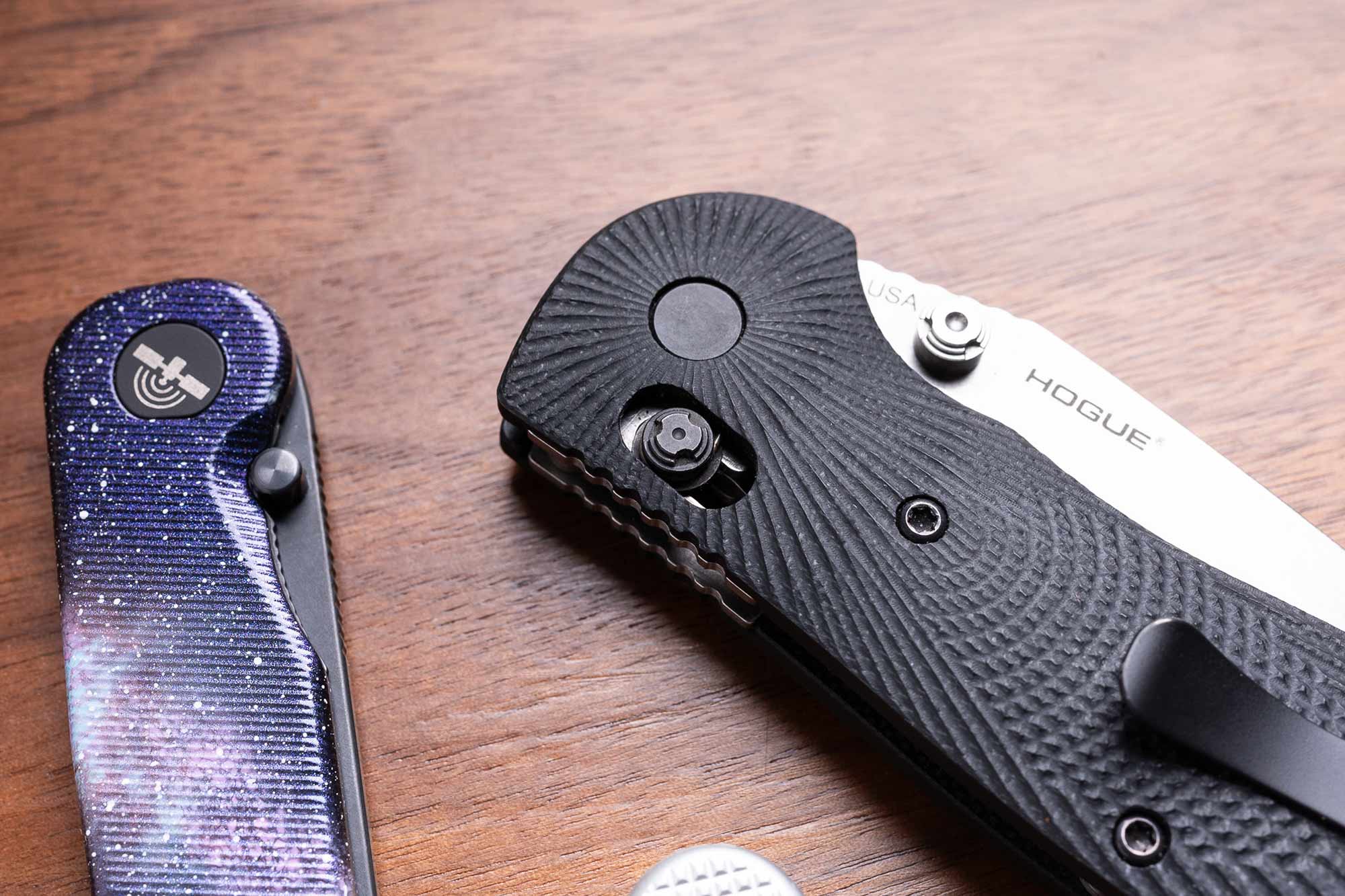There’s no denying that even considering carrying a knife may be a bit scary. Will people stare at you? Are you now carrying a weapon? Is this even legal? The answer to all of those questions is “maybe”. There are dozens of variables that come into play when considering your first knife purchase, so I’m here to make that whole world seem a little less daunting by sharing some of my personal experience as well as some widely accepted tips from the world of EDC (everyday carry).
Ultimately, I believe the way to look at a knife is that it’s a tool. One for opening up that new watch box, slicing up an apple at lunchtime, or helping out with some random tasks around the house. Sure, you could use a key to open up a box or your teeth to tear open a package, but it’s important to have the right tool for the job to prevent yourself from breaking an item while using it for something it’s not meant for, or even worse — requiring an embarrassing trip to the dentist.
I don’t mean to frame this as some sort of pro-knife propaganda, since you ultimately can get by without one, but after slipping one into your pocket and seeing just how often it comes in handy, you might be surprised at how useful it is in your day to day life. There’s also the other option — you don’t even have to carry it with you at all. A knife tossed into your junk drawer at home or desk drawer at work will more than likely cover most of your use cases anyway. Let’s break it down a bit further and look at some reasons why you might want to pick up a pocket knife and some things to look for in your first one.
Why Carry A Knife Anyway?
For me, it’s about having the right tool for the job. Hacking away at a package with my house key isn’t ideal, and neither is using those kitchen shears that are totally 100% supposed to be for food use only. Having a nice, sharp knife around can make tasks like this much easier, especially when using a tool for its intended purpose. A solid pocket knife with a good grip makes precision cutting tasks that much easier. As I mentioned previously, you don’t even really have to carry it with you if you’re uncomfortable. Keeping a knife nearby around the house, in your glove box, or desk drawer covers most of the times you’re going to need one.
Choosing The Right Knife
Assessing how and when you’ll use a pocket knife is important before diving in. When I was first getting into EDC, I picked up a Benchmade Mini Griptilian back in 2010 and it’s been going strong ever since. I wanted a reliable and durable pocket knife I wouldn’t have to replace, and after 15 years, it’s still in my collection. One thing I would have changed about my initial order is the blade style. I opted for a combination smooth/serrated blade and while it seemed like a good idea at the time, maintaining the serrated edge is much trickier than a smooth edge and doesn’t offer many benefits over a properly sharpened smooth-edged knife. Here are some things to consider:
Blade Shape & Size
Most people will be happy with a blade length of 3 inches or so. It’s big enough to do some serious cutting, but never comes off as unwieldy. A classic drop point blade is one of the strongest shapes out there, but there are TONS of other options if you prefer something that looks a little different. It’s also important to check the laws in your area, as they may dictate that blades must be under a certain length to stay legal.









 Featured Videos
Featured Videos
















